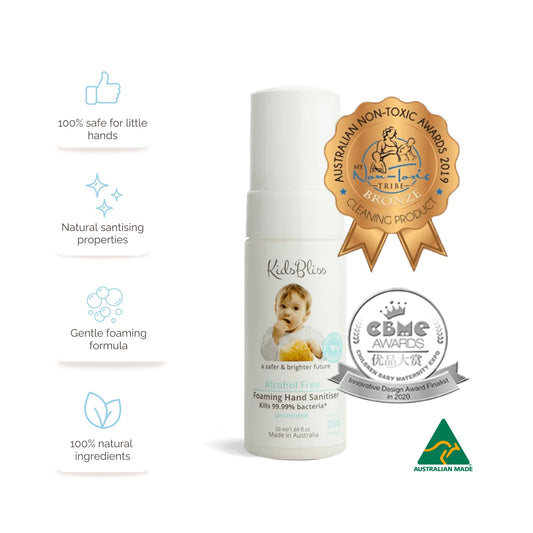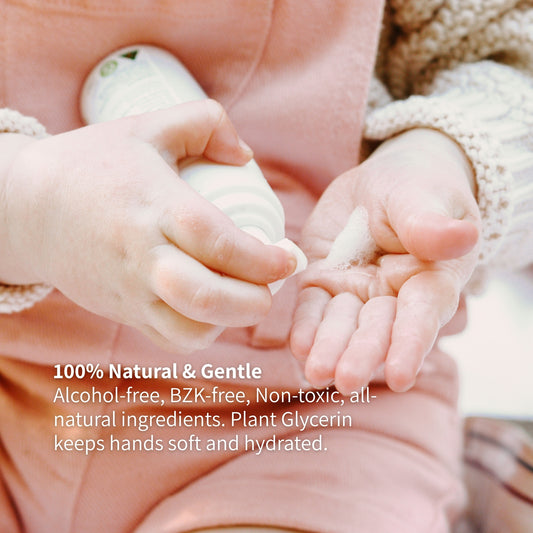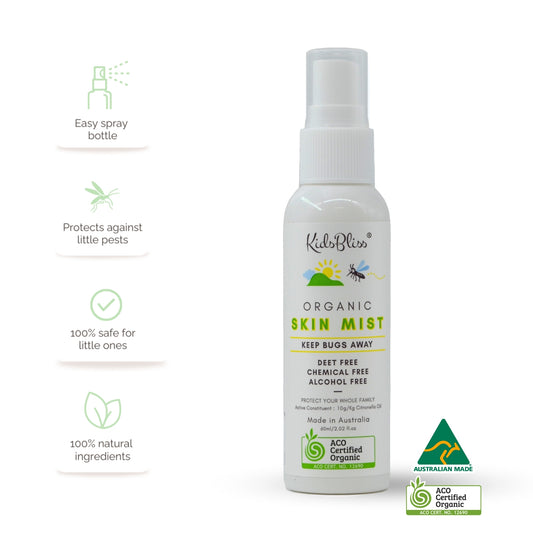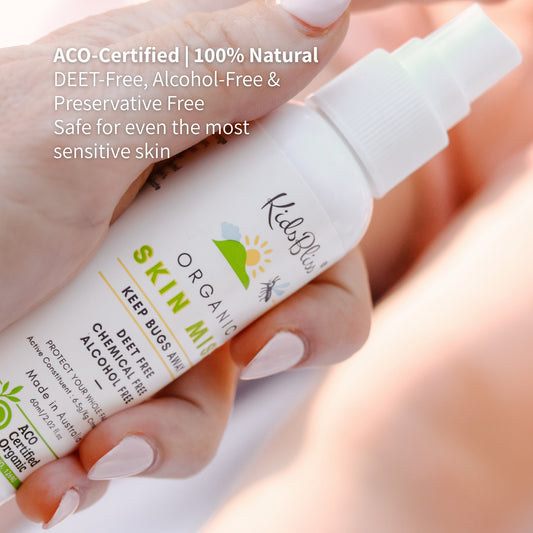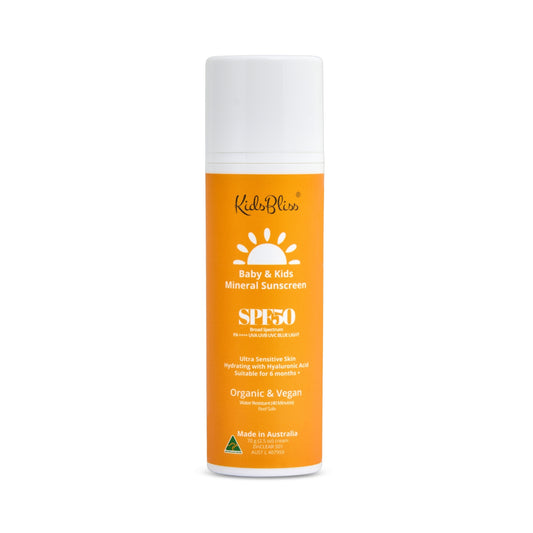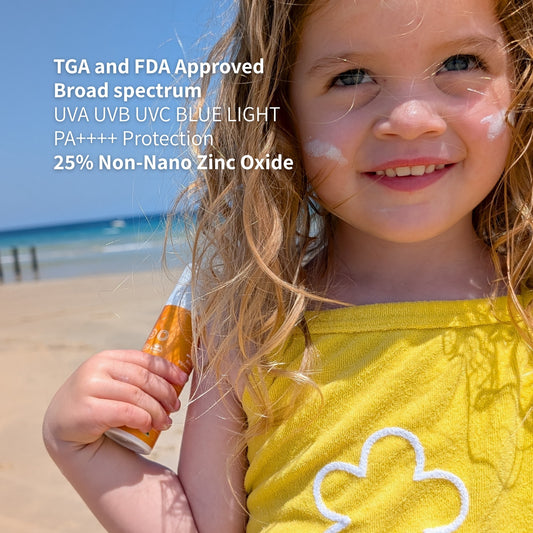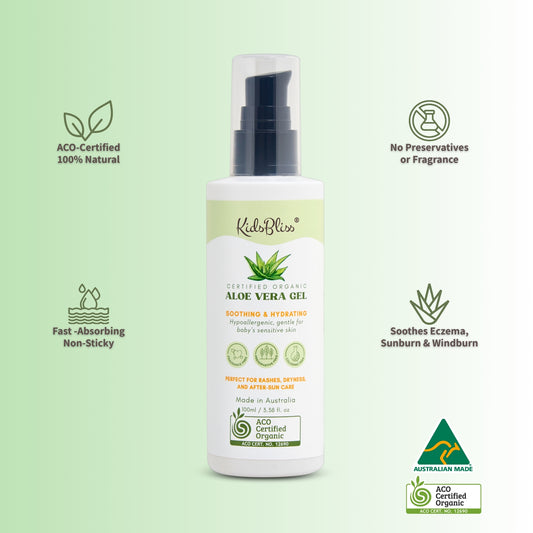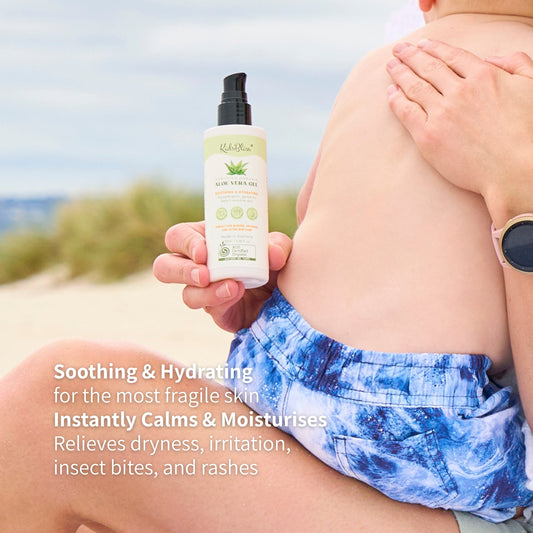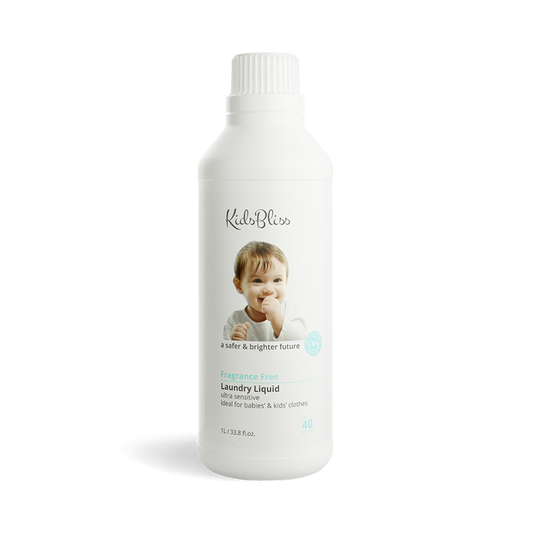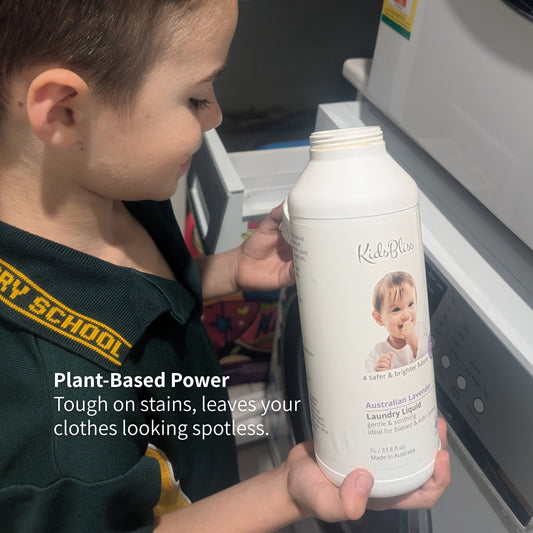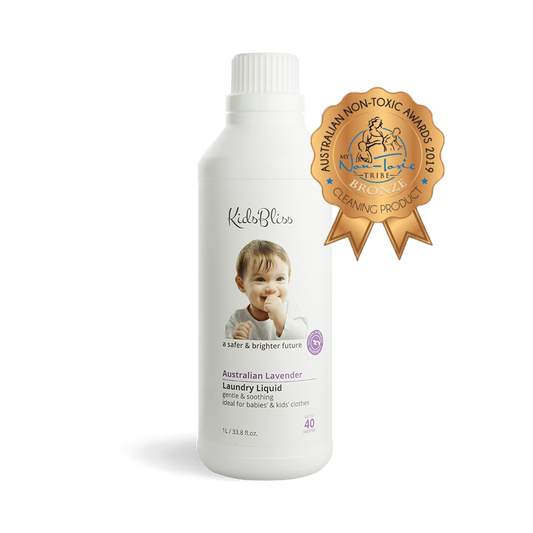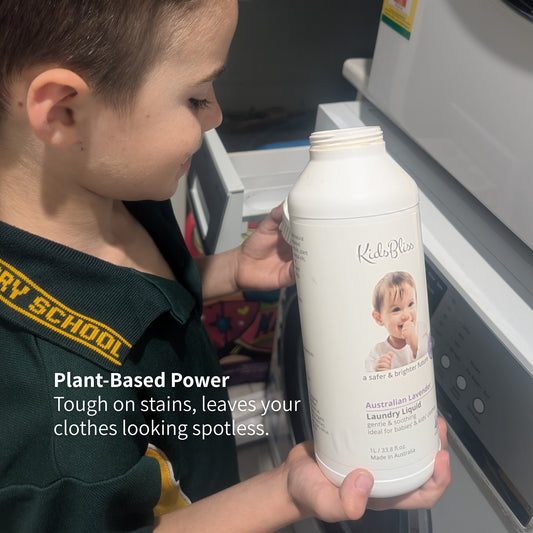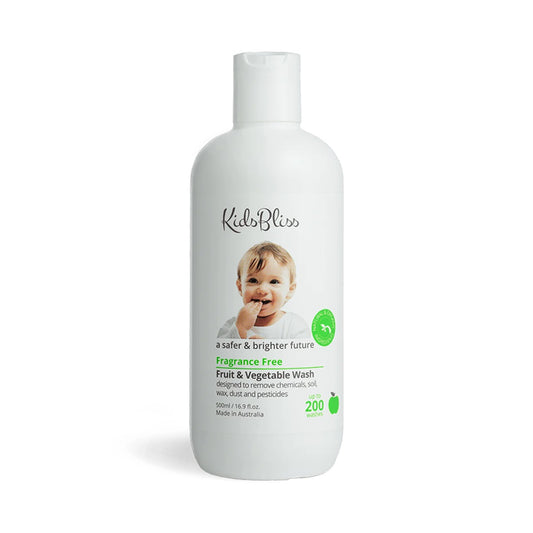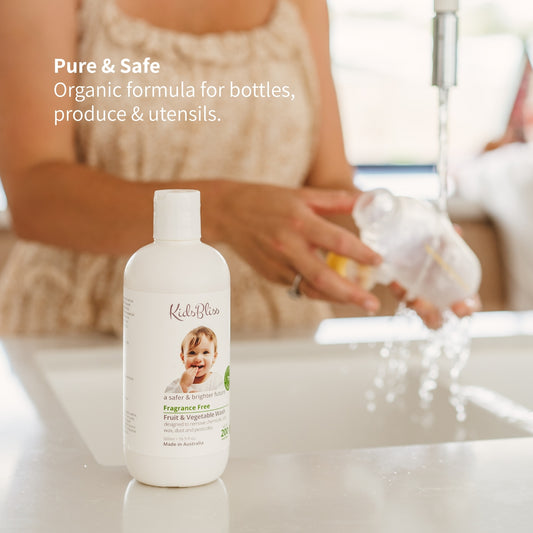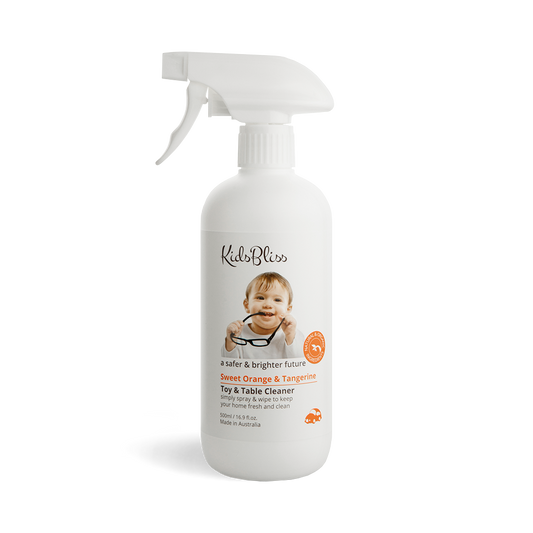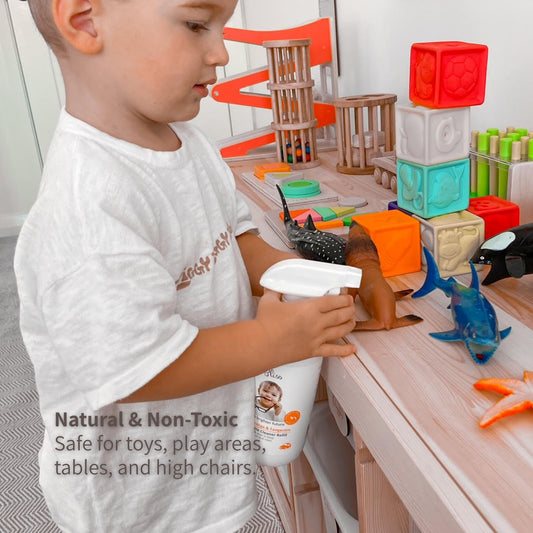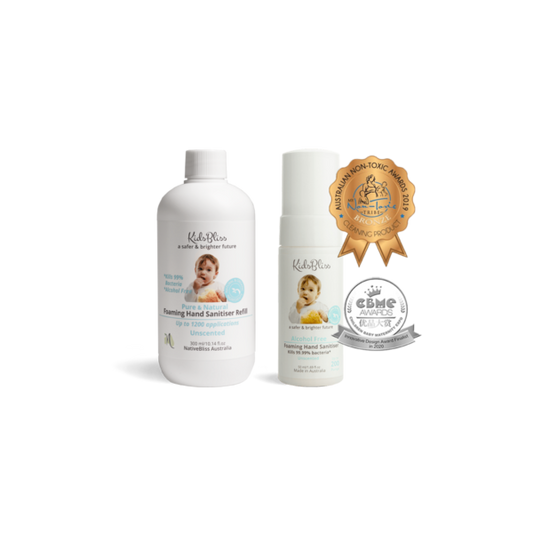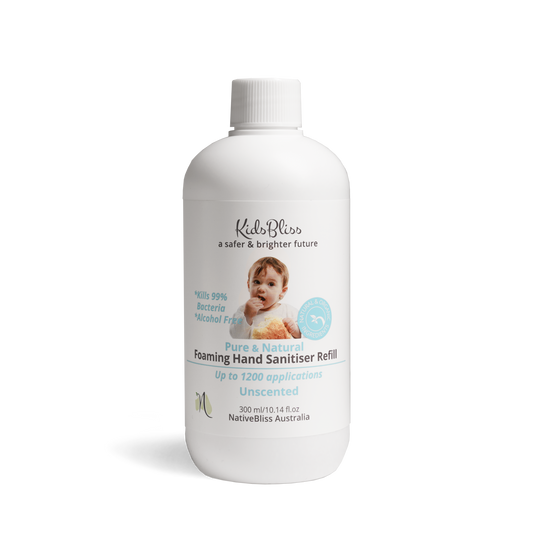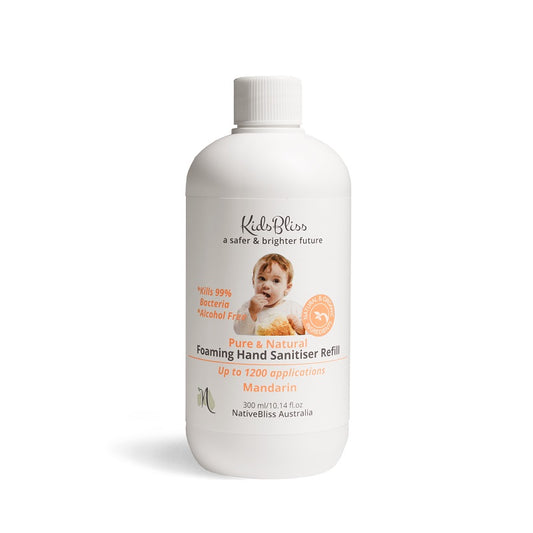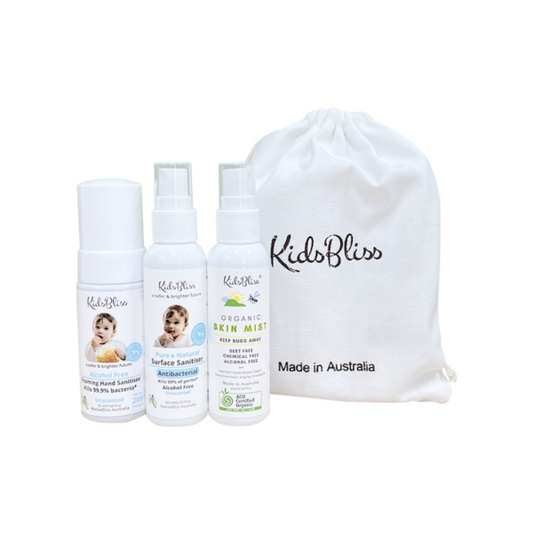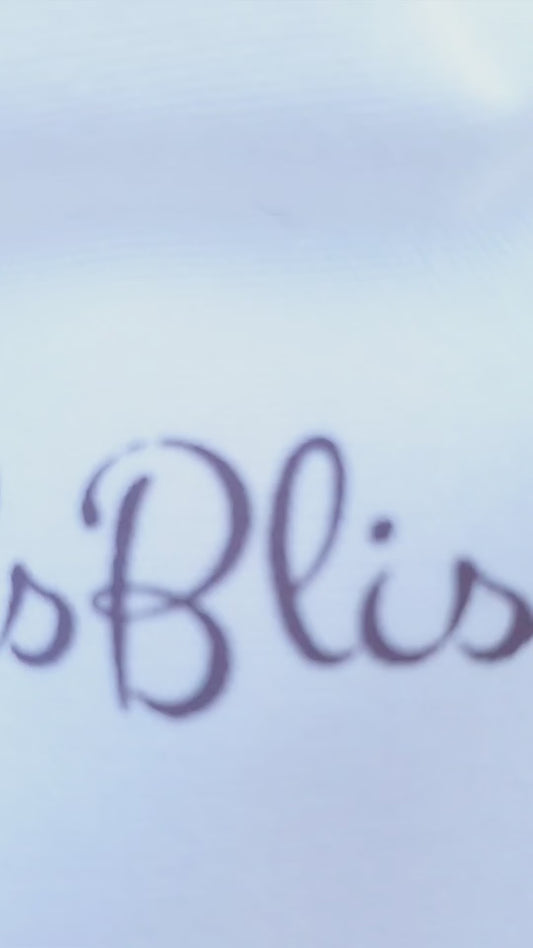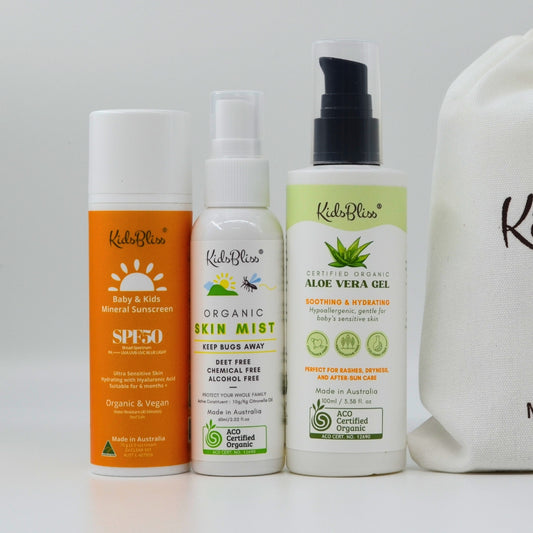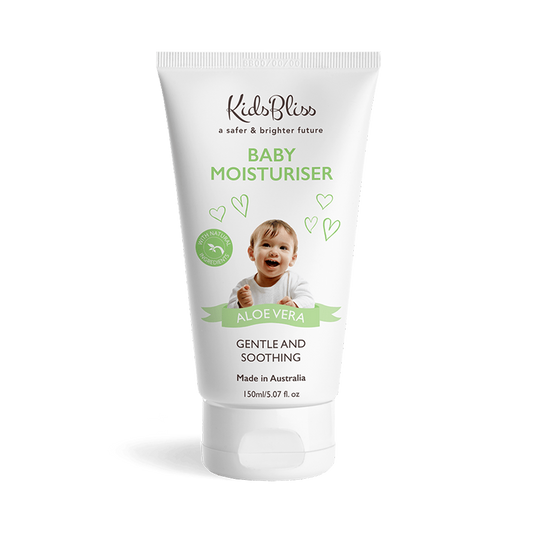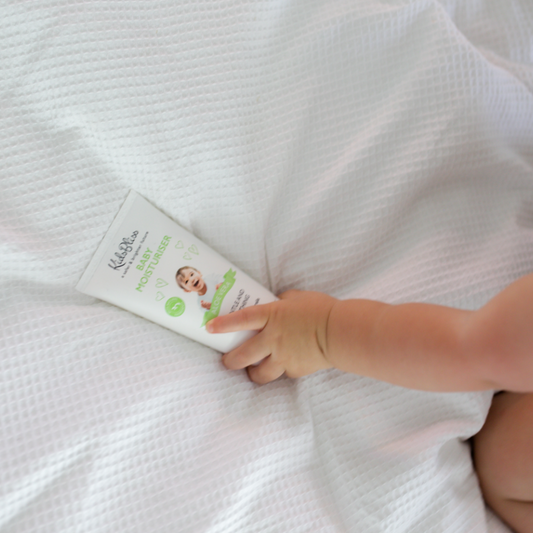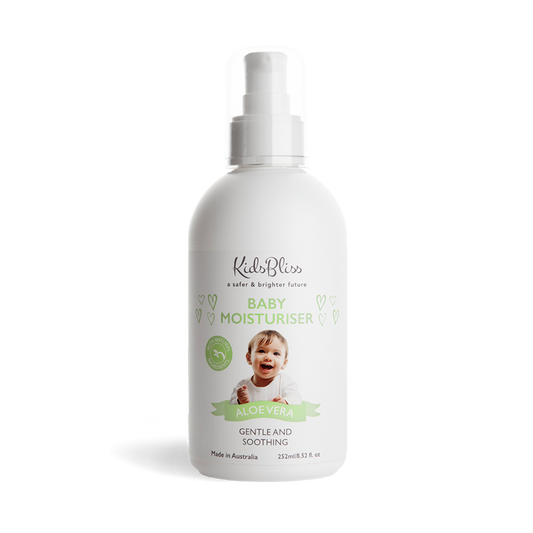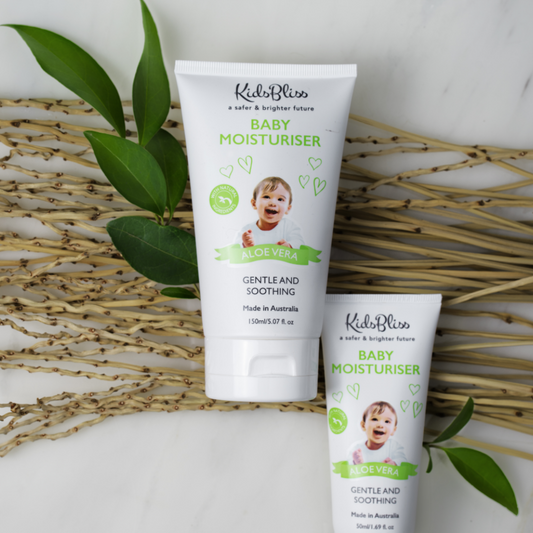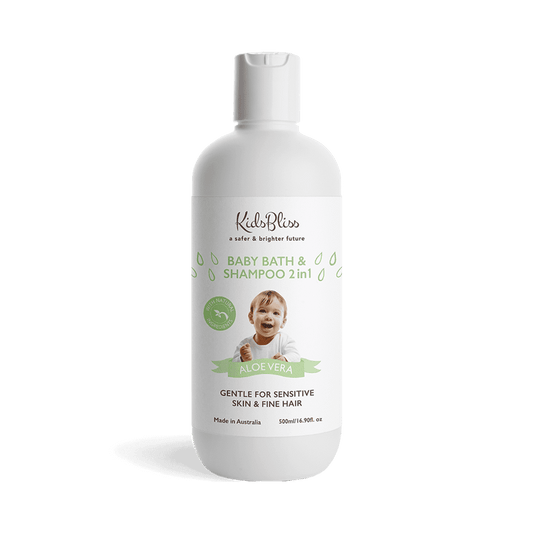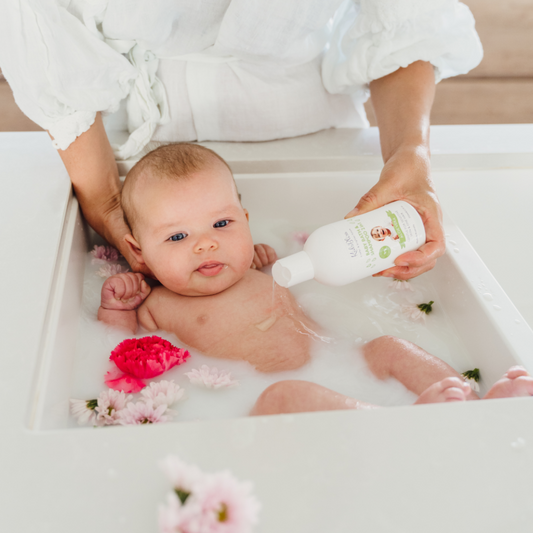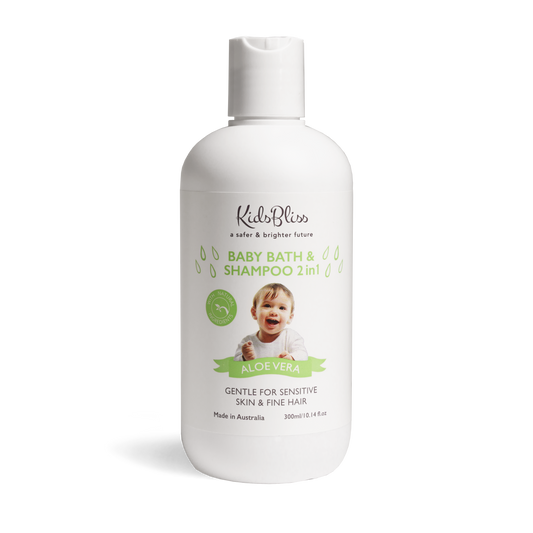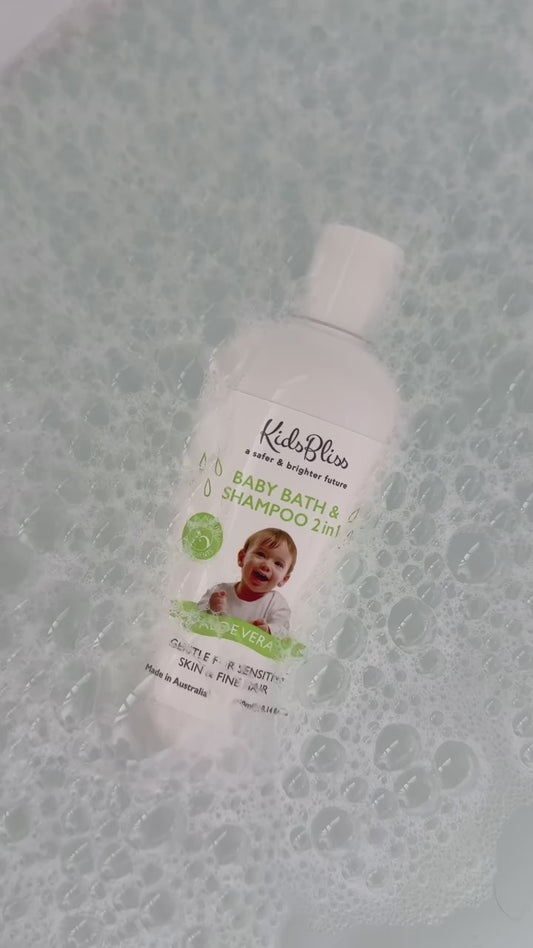You've made it through the series. You're a pro at choosing the right sunscreen, decoding labels, and applying it like an expert. But as we head into spring, a new challenge emerges: the sun safety complacency that creeps in on those first cool, cloudy days.
It’s easy to think that if the sun isn’t blazing, the risk is gone. But in Australia, that’s a dangerous assumption.
Sun safety isn’t just for scorching summer days at the beach; it’s a year-round commitment. To round out your expert knowledge, let's bust four of the most common sunscreen myths we hear from Aussie mums.
Myth #1: "My kids don't need sunscreen on cloudy or cool days."
This is perhaps the most common and dangerous myth. We associate sunburn with heat, but the damage is caused by ultraviolet (UV) radiation, which you can't see or feel.
The Truth: Clouds don't block all UV rays.
There are two main types of UV rays that damage our skin:
-
UVB rays are the "burning" rays. Their intensity varies, and they are partially blocked by clouds.
-
UVA rays are the "ageing" rays. They penetrate deep into the skin, causing long-term damage. Crucially, up to 80% of UVA rays can pass through clouds, and they are present with relatively equal intensity during all daylight hours, all year round.
Here in Australia, the UV index can be high even on a cool, overcast spring day. The only way to know for sure is to check the daily sun protection times on the SunSmart app or Bureau of Meteorology website. If the UV is 3 or above, sun protection is a must.

Myth #2: "The SPF in my moisturiser or my child's hat is enough for a day at the park."
It’s fantastic that so many products now include sun protection, but they are not a substitute for proper sunscreen.
The Truth: These are great secondary measures, but sunscreen is your non-negotiable base layer.
The SPF in makeup or moisturiser rarely provides the stated protection because we simply don't apply it thickly enough. A hat is one of the most important tools in our sun-safe kit, but it can't protect your child from UV rays reflected off surfaces like pavement, water, or sand. Think of hats, sunglasses, and protective clothing as the essential accessories, but a generous layer of broad-spectrum sunscreen is the fundamental outfit.
Quick Refresher: What do SPF and PA++++ even mean?
-
SPF (Sun Protection Factor): This number primarily measures how well a sunscreen protects you from UVB rays—the ones that cause sunburn. An SPF 50+ product provides the highest level of UVB protection available in Australia.
-
PA++++ (Protection Grade of UVA): This is a rating system, used widely in Asia and gaining global recognition, that measures protection against UVA rays—the ones that cause premature ageing and are present year-round. The more plus signs, the higher the protection, with PA++++ being the highest possible rating.
A "broad-spectrum" sunscreen protects against both, which is essential for complete sun safety.

Myth #3: "My children have olive or darker skin, so they don't need sunscreen."
This is a critical misconception to address. While darker skin tones have more melanin and are less likely to burn visibly, they are not immune to sun damage.
The Truth: All skin tones can be damaged by UV radiation and are at risk of skin cancer.
Melanin provides some natural protection, but it doesn't block all UV rays. Sun damage is cumulative, meaning it builds up over a lifetime, regardless of whether you can see a burn. Protecting your children's skin now, no matter their skin tone, is an investment in their long-term health and helps establish crucial lifelong habits.

Myth #4: "This bottle of sunscreen from last summer should be fine to use."
It's tempting to grab that half-empty bottle from the back of the cupboard, but sunscreen is not like a fine wine—it doesn't get better with age.
The Truth: Sunscreen has an expiry date for a reason.
The active ingredients in sunscreen break down over time, reducing its effectiveness. This process is sped up by heat, so a bottle that has been rattling around in a hot car or a beach bag is likely less effective than you think.
Always check the expiry date printed on the bottle. Additionally, look for the "period after opening" symbol (it looks like a little open jar with a number like "12M" inside). This tells you how many months the product is guaranteed to be effective after you've opened it. If you can't remember when you opened it, or if it's past the expiry date, it's safest to start fresh.
Your Year-Round Sun Safety Partner
Becoming a true sun-safe expert means understanding that protection is a daily habit, not just a holiday task. By busting these common myths, you can ensure your family is protected every single day, no matter the weather.
This commitment to consistent, evidence-backed safety is at the heart of everything we do. We're here to provide you with not only products you can trust but also the knowledge you need to feel confident in your choices, all year round.






